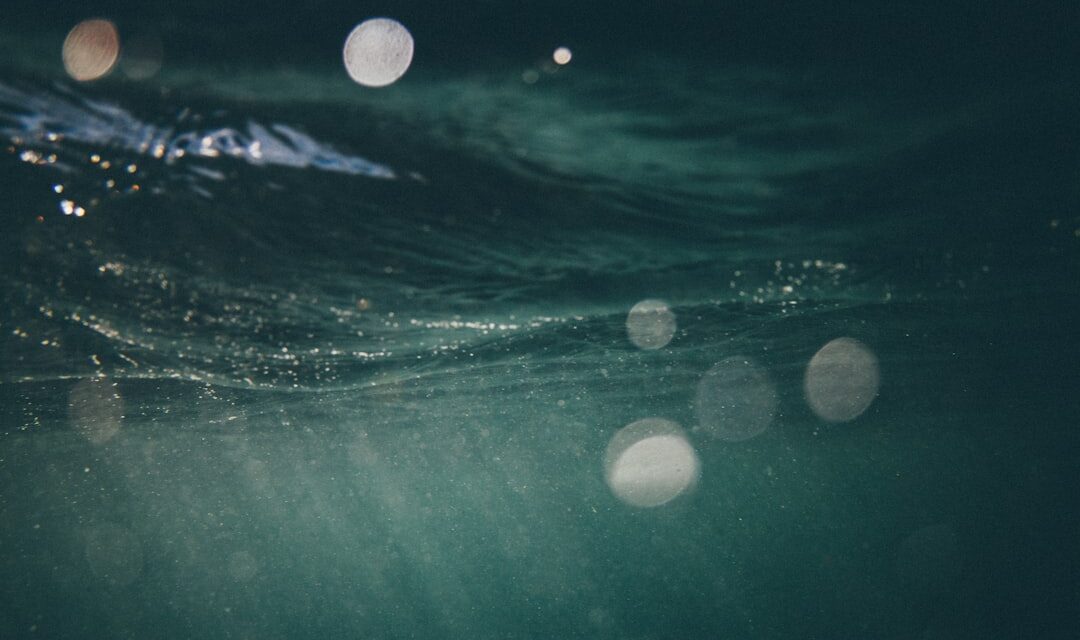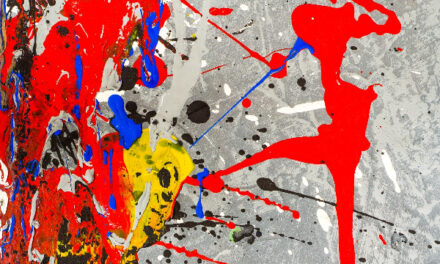The Romanticism art movement emerged in the late 18th century as a reaction against the rationalism and order of the Enlightenment period. It was a response to the Industrial Revolution and the rapid urbanisation that was occurring in Europe. Romanticism sought to embrace emotion, individualism and the beauty of nature.
It rejected the strict rules and conventions of neoclassicism and celebrated the imagination and the supernatural. Romanticism was also influenced by the political and social upheaval of the time, including the French Revolution and the Napoleonic Wars. Artists and writers expressed their discontent with the status quo and championed the rights of the individual.
The movement was characterised by a focus on intense emotion, a fascination with the exotic and the unknown, and a rejection of societal constraints. Romanticism was not solely an art movement, but a cultural and intellectual movement that encompassed literature, music and philosophy.
Summary
- Romanticism art movement originated in the late 18th century as a reaction against the Industrial Revolution and Enlightenment ideals.
- Key characteristics of Romanticism art include a focus on emotion, nature, and the individual, as well as an emphasis on imagination and the supernatural.
- Influential artists of the Romanticism movement include William Blake, J.M.W. Turner, Caspar David Friedrich, and Eugène Delacroix.
- Romanticism had a significant impact on society and culture, inspiring a renewed interest in folklore, medievalism, and nationalism.
- Romanticism art spread to different countries, with each region incorporating its own cultural and historical elements into the movement.
- The legacy of Romanticism art movement can be seen in the continued emphasis on individual expression and the exploration of the human experience in art.
- Contemporary interpretations of Romanticism art continue to explore themes of nature, emotion, and the supernatural, while also incorporating modern techniques and technologies.
Key Characteristics of Romanticism Art
Emphasis on the Individual
Romantic artists also celebrated the individual and the unique experiences of each person, often portraying heroic figures or solitary individuals in their work.
A Focus on Nature and the Sublime
Another important characteristic of Romanticism art is its focus on nature and the sublime. Artists were inspired by the beauty and power of the natural world, often depicting dramatic landscapes and awe-inspiring scenes.
The Power of the Sublime
The sublime, a concept that originated in the 18th century, refers to the feeling of awe and wonder that is evoked by the grandeur of nature. Romantic artists sought to capture this feeling in their work, often using dramatic lighting and bold compositions to convey the power of nature.
Influential Artists of the Romanticism Movement

The Romanticism art movement produced many influential artists whose work continues to be celebrated today. One of the most famous Romantic painters is J.M.W. Turner, whose dramatic seascapes and landscapes captured the power and beauty of nature.
Turner’s use of light and colour was revolutionary for the time, and his work had a profound influence on future generations of artists. Another important figure in the Romanticism movement is Francisco Goya, whose dark and haunting paintings reflected the political and social turmoil of his time. Goya’s work often depicted scenes of war, violence, and suffering, and he used his art as a means of social commentary.
His powerful images continue to resonate with viewers today, and he is considered one of the most important artists of the Romantic period.
Impact of Romanticism on Society and Culture
The Romanticism art movement had a profound impact on society and culture, influencing not only the visual arts but also literature, music, and philosophy. The emphasis on emotion and individualism in Romantic art helped to shape the way people thought about themselves and their place in the world. The movement also had a lasting impact on the way people viewed nature, inspiring a renewed appreciation for the beauty and power of the natural world.
In addition, Romanticism had a significant influence on literature, with writers such as William Wordsworth, Samuel Taylor Coleridge, and Mary Shelley embracing many of the same themes and ideas as their artistic counterparts. The Romantic poets celebrated nature, imagination, and individual experience, creating some of the most enduring works of English literature.
Romanticism Art in Different Countries
The Romanticism art movement had a significant impact in many different countries, with each region contributing its own unique perspective to the movement. In England, Romantic artists such as J.M.W. Turner and John Constable captured the beauty of the English countryside, while poets like William Wordsworth celebrated nature and the power of the imagination.
In France, artists such as Eugène Delacroix embraced the dramatic and exotic elements of Romanticism, creating bold and expressive paintings that captured the spirit of the movement. German Romantic artists such as Caspar David Friedrich focused on themes of spirituality and the sublime, creating haunting landscapes that continue to captivate viewers today.
The Legacy of Romanticism Art Movement

Influence on Contemporary Art
Many contemporary artists continue to be inspired by the dramatic landscapes and intense emotions that were central to Romanticism.
Romanticism in Popular Culture
In addition, the legacy of Romanticism can be seen in popular culture, with many films, books, and music drawing on the themes and ideas of the movement. The romantic hero, with his emphasis on individual freedom and emotional intensity, continues to be a popular figure in literature and film.
Enduring Themes
The emphasis on emotion, individualism, and nature continues to be important themes for artists working in all mediums.
Contemporary Interpretations of Romanticism Art
In contemporary art, there has been a resurgence of interest in Romanticism, with many artists drawing on its themes and ideas in their work. Some contemporary artists have embraced the dramatic landscapes and intense emotions that were central to Romanticism, creating powerful and evocative works that capture the spirit of the movement. Other artists have taken a more conceptual approach to Romanticism, exploring its themes in new and innovative ways.
For example, some contemporary artists have used digital technology to create immersive experiences that evoke the sublime power of nature, while others have used performance art to explore ideas of individualism and emotion. In conclusion, the Romanticism art movement was a revolutionary period in art history that had a profound impact on society and culture. Its emphasis on emotion, individualism, and nature continues to be influential today, inspiring artists across all mediums to explore new ways of expressing themselves and engaging with the world around them.
If you are interested in learning more about different art movements, you may want to check out an article on Impressionism. This art movement, which originated in France in the 19th century, is known for its focus on capturing the fleeting effects of light and atmosphere. You can read more about Impressionism here.
FAQs
What is the Romanticism Art Movement?
The Romanticism Art Movement was an artistic, literary, and intellectual movement that originated in Europe towards the end of the 18th century. It was a reaction against the Industrial Revolution and the Enlightenment, focusing on emotion, individualism, and the beauty of nature.
What are the key characteristics of Romanticism art?
Key characteristics of Romanticism art include a focus on emotion, imagination, and individualism, as well as an appreciation for nature and the supernatural. Romantic artists often depicted dramatic and exotic subjects, and their works were often characterised by vibrant colours and dynamic compositions.
Who were some of the notable artists of the Romanticism Art Movement?
Notable artists of the Romanticism Art Movement include J.M.W. Turner, Caspar David Friedrich, Eugène Delacroix, William Blake, and Francisco Goya. These artists were known for their emotionally charged and evocative works that captured the spirit of the Romantic era.
How did the Romanticism Art Movement influence other art forms?
The Romanticism Art Movement had a significant influence on other art forms, including literature, music, and theatre. Romantic ideals of individualism, emotion, and nature inspired writers such as William Wordsworth and Mary Shelley, as well as composers like Ludwig van Beethoven and Frédéric Chopin.
What was the legacy of the Romanticism Art Movement?
The legacy of the Romanticism Art Movement can be seen in the continued emphasis on individual expression and emotion in art, as well as the ongoing appreciation for the beauty of nature. The movement also paved the way for later artistic movements, such as Symbolism and Impressionism.




